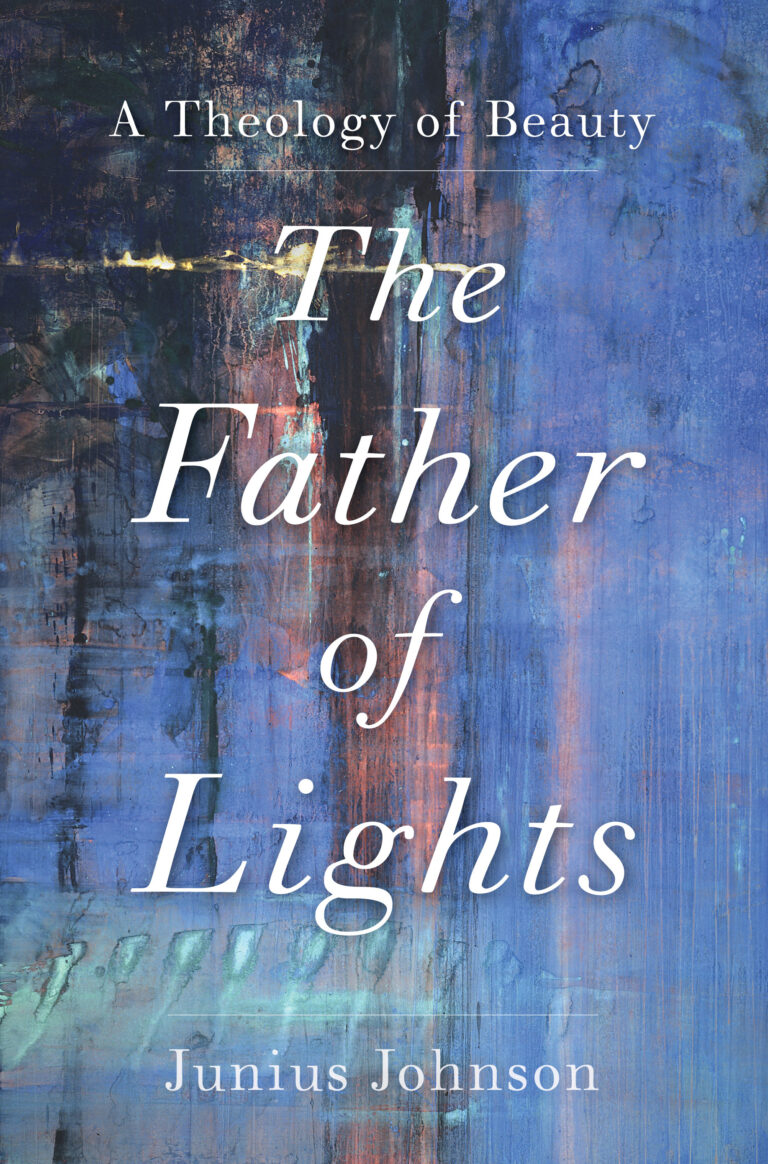The Father of Lights
A Theology of Beauty

From the inside flap:
“Every good giving and every perfect gift is from on high, coming down from the Father of lights, with whom there is no variation or shadow of turning” (James 1:17). This verse offers a powerful image of God as the source and referent of all beauty.
In The Father of Lights, Junius Johnson goes beyond theological aesthetics (art) to consider beauty in its broadest form. Richly informed by Johnson’s scholarly expertise on Bonaventure and von Balthasar, this book demonstrates how the experience of beauty is related to our inherent longing for the God who is reflected in such moments.
Table of Contents
Acknowledgements
Introduction
Defining the Question
Three Senses of the Word “Beautiful
Our Concern: Beauty Broadly Speaking
The Challenge of the Ugly
An Ugly World
Structure of the Work
